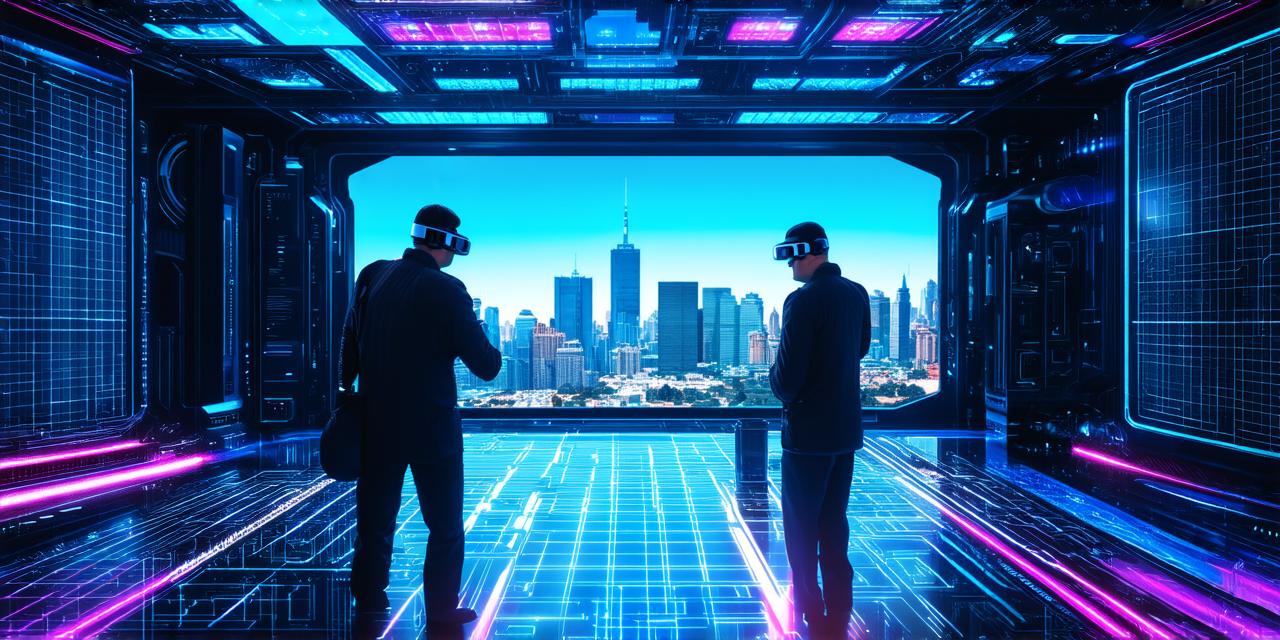Mixed reality technology is a rapidly growing field that combines virtual and physical worlds to create immersive experiences. To fully realize the potential of mixed reality, it’s important to have the right software tools in place. Here are some key software options for mixed reality technology:
1. Unity 3D
Unity 3D is a popular game engine that has also gained traction in the mixed reality space. It’s easy to use and supports both desktop and mobile devices, making it ideal for creating mixed reality experiences that can be used across multiple platforms. With Unity 3D, developers can create interactive environments, add real-time graphics, and incorporate physical sensors to track movement and interaction.
1. ARKit
ARKit is Apple’s augmented reality development platform. It provides a set of tools for creating immersive experiences that blend virtual objects with the real world. With ARKit, developers can create interactive games, educational apps, and other applications that use the device’s camera to overlay digital content onto the physical environment.
1. Vuforia
Vuforia is a popular augmented reality development platform that supports both iOS and Android devices. It allows developers to easily create augmented reality experiences that can be accessed through smartphones or tablets. With Vuforia, developers can add virtual objects to real-world environments, track movement and interaction, and create engaging experiences for users.
1. Windows Mixed Reality SDK
The Windows Mixed Reality SDK is Microsoft’s development platform for creating mixed reality applications. It supports both desktop and mobile devices, including the HoloLens headset. With the Windows Mixed Reality SDK, developers can create immersive experiences that combine virtual objects with the real world. They can also use physical sensors to track movement and interaction, making it easy to create engaging experiences for users.
1. Aurasma
Aurasma is an augmented reality development platform that allows developers to create interactive experiences that blend virtual objects with the real world. It supports both iOS and Android devices and can be used to create educational apps, marketing campaigns, and other applications. With Aurasma, developers can add virtual objects to real-world environments, track movement and interaction, and create engaging experiences for users.
In conclusion, mixed reality technology is an exciting field that offers endless possibilities for creating immersive experiences. To fully realize the potential of this technology, it’s important to have the right software tools in place. The options listed above are some of the key software options for mixed reality technology, each with its own strengths and capabilities. By choosing the right software for your project, you can create engaging and immersive experiences that will captivate your users.



